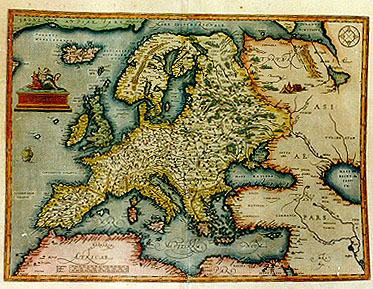

In flight-chamber tests with alatae, and choice-chamber tests with apterae, using artificial leaves made by forming Parafilm sachets on yellow Perspex discs, it was found that larviposition and nutritional suitability were related, and that both were affected by altering the balance of nutrients in the sachets, in the absence of any stimuli on the surfaces of the membranes. Washing with water enhanced the attractiveness of leaves in laboratory flight-chamber tests with alatae, suggesting the presence of a repellent substance on unwashed leaves. It was found that settling and larviposition were reduced as a result of nitrogen deficiency in the plants, I apparently due more to some effect associated with slower plant growth than to reduced nutritional suitability.

In field experiments carried out at Kutsaga, Rhodesia, tobacco plants that had received high or low amounts of nitrogen, in addition to a basic dressing, were examined over five-week periods for the presence of alates and newly deposited nymphs of Myzus persicae (Sulz.). Percentage fertility varied between individual egg batches of both species. barbosai hatched on days 12, 6–7, 5–6 and 5, respectively, whereas at the three higher temperatures most eggs of C.

The egg stage is apparently of longer duration C. Large numbers of eggs were matured by autogenous females of the former, and the same is probably true of the latter. furens they were in late Stage IIA or IIB. barbosai the ovarian follicles were in Stage IIB or III, in C. Autogenous females of both species emerged from the pupa with ovaries already relatively well developed in C. Observations indicated that adults of both species are probably in the habit of taking carbohydrate food in nature.įemales of both species may be autogenous, though the proportion of such individuals varied considerably between populations from different breeding sites. access to honey improved survival, but its effects on egg production were inconclusive in these experiments. matured more eggs than those kept at 91 or 85☏. However, access to honey did increse the proportion of individuals surviving the period of egg maturation and also the numbers that mastured any eggs at all. barbosai, and greater numbers of eggs were not matured by females given access to honey during the period of egg development. In experiments on the effect of temperature and carbohydrate feeding on egg production, temperature did not influence egg production in C. The duration of the gonotrophic cycle (from feeding to the appearance of mature eggs in the ovaries) at 68, 77, 85 and 91☏. barbosai the degree of harmony was low and a large proportion of the ovarian follicles degenerated these differences may be associated with the relative size of the blood-meals of the two species. barbosai, which took a relatively smaller blood-meal, very few eggs were matured (usually between 10 and 20 but sometimes fewer than 10), and some females failed to produce any eggs at all.Ī high degree of gonotrophic harmony was observed in C. furens, a single blood-meal was sufficient for development of a substantial number of eggs in C. furens (Poey), two biting midges of considerable importance in Jamaica, was studied in the laboratory. The ovarian cycle in Culicoides barbosai Wirth & Blanton and C.


 0 kommentar(er)
0 kommentar(er)
